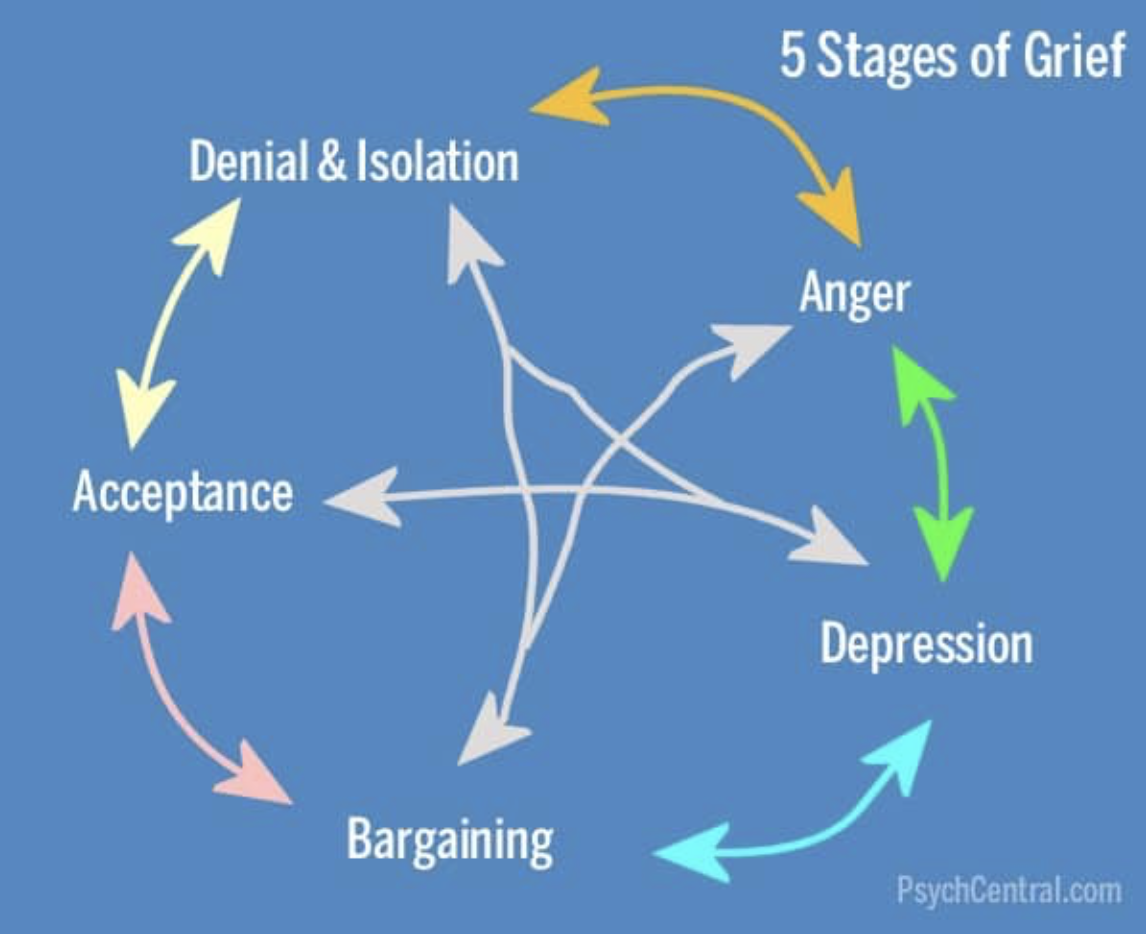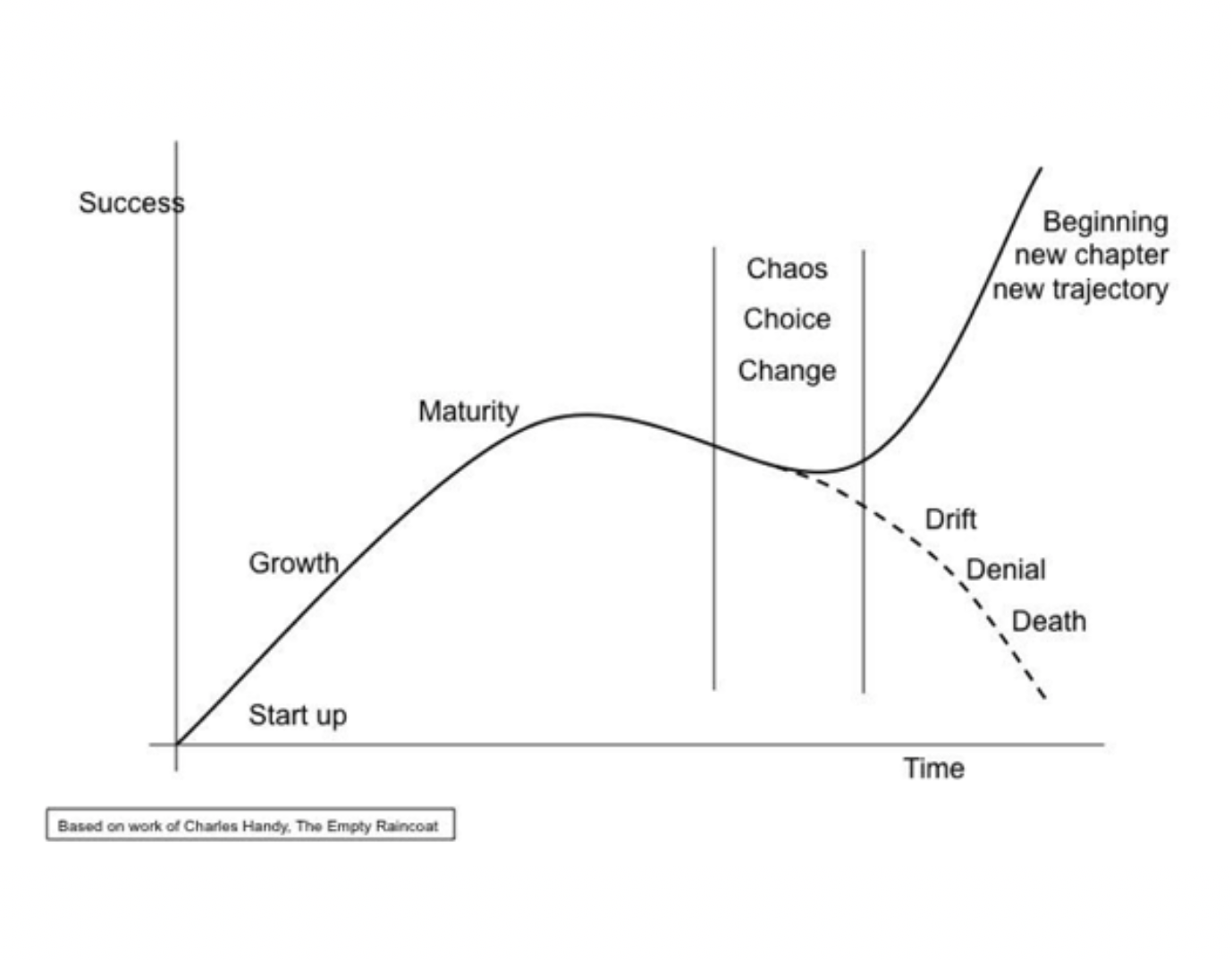
How did your last transition go? Were you ready, or caught flat footed? Mine caught me completely off-guard. Transitions, such as a restructuring or lay-off, can be great opportunities but can also bring unanticipated challenges (and feelings).
The Good Things
Transitions can bring many good things: new challenges, new learnings, a new boss, an opportunity for a fresh start. Many of us are slow to move into the next challenge; over time, we get too comfortable and don’t even realize it. Transitions can provide a ‘spark’ to reinvigorate, recharge and reset.
The Not-so-Good Things
On the flipside, transitions can also suck. Although employees impacted by lay-offs may find jobs within their company, these new roles may not be a great fit. Maybe the work is less interesting and therefore, less enjoyable. Or perhaps, this new role doesn’t leverage your strengths or allow you the same impact. Further, if the new role is in a different business unit or function, you may lose the leverage of your long-time network.
Big Surprises
Transitions such as a lay-off are usually unwelcome surprises and can be devastating. Perhaps we loved our role, and we were planning to stay. Now, BOOM, you’re done?! What now? Just like any other significant loss, this transition requires you to work through the stages of grief: Denial, Anger, Bargaining, Depression, and eventually, Acceptance.
Unfortunately, the progression through these stages is not neat and orderly; you often bounce between them and even revisit early stages (see diagram) as friends and caring colleagues want to talk through what happened (again and again…UGH).

Let’s dig deeper into why transitions (even positive ones) can be surprisingly tricky.
LEARNING CURVE – or – “Starting over at the Bottom”
The learning and challenges offered by a new job are exciting, but progress is rarely linear. There’s usually a ‘dip’ in productivity and performance at the beginning of the learning curve as we encounter the feeling of chaos that change brings. These dips can cause us to question our competence, value, and self. The dips can also last longer than what “seems normal”. If you were comfortable in a previous role, you take for granted the efficiencies you’ve accumulated – what you know, who you know, what to worry about and what not to worry about. A new role often means starting over in several of these dimensions. Depending on how different the role, you may be starting from scratch. This is normal, but it can be tough to go from being on top to starting over at the bottom.


REMOTE POSITION – WOOO WHOO!!! — Wait, WHAT?!
In today’s more remote-friendly world, a job transition often includes a shift from a traditional office setting to a work-from-home environment. At first, this feels like a big WIN… no more commute, working in your PJ’s, less office politics. While there are benefits, there are less obvious disadvantages that can sneak up on you. In the office setting, our meeting calendars often drive daily routines, creating structure and a scarcity of “project time” to actually get work done in the short periods between meetings. Less structure requires more self-discipline to remain efficient and productive.
After a time in your new setting, you may start to feel less motivated towards work and your focus and productivity flounder. This can be caused by less structure, being more disconnected, or simply not being around people.

FEELINGS… (No feelings at work? Right?)
This may be the most challenging part of a transition, especially for unexpected and unwanted transitions. But this is work; no feelings at work – RIGHT? WRONG. Layoffs can feel VERY personal, even when they are not. Feelings of shame are common; when someone asks you, “How’s work?”, it’s much easier to say “Fine” than to say, “Oh, I got laid off”. Then you feel the need to explain, “it wasn’t just me, it was the whole department” as a way to save face. It’s very difficult to get past negative feelings. Sometimes it takes weeks, sometimes months, sometimes longer.
Other feelings also start to invade your previously content work world: self-doubt, mistrust, lack of motivation, depression. Maybe you regret your past loyalty and all the personal sacrifices you made for the company over the years. These feelings are also normal.
Now that we’ve identified a few causes of transition troubles, let’s think through some coping strategies.
Coping Strategies
Talk to People (a lot)
While every person and situation is different, it really helps to talk to people. This may not be your ‘style’ but talking to people about what you’re going through is of utmost importance. Doing so provides alternate perspectives (rather than your less-than-reliable self-talk) that can put this event into a broader context. You’ll discover that this has happened to many high-performing professionals; many of whom are now on to bigger and better opportunities.
Try to take the long view
As the saying goes, time heals all wounds and the same is true here. In the immediate moment, this transition usually feels bigger and worse than it really is. Most people report that some of their best changes were a result of an unwanted or unplanned transition. It is common to find end a ‘bridge job’ after their layoff; this is can serve to buy time to find your next AMAZING job. It is hard to see the broader landscape in the moment, but a year or more from now, things will look a lot different (maybe even better!).
Take care of yourself
Change is draining and making good decisions requires extra energy. This is NOT the time to stop exercising, eating well, and getting good sleep. You’ll need all your energy to move through this change. Also, like mentioned above, this is not the time to self-isolate – it isn’t fun to have to tell the lay-off story again, to yet another person, but being with people is very important to avoiding depression and negative self-talk.
So, what can we do now to be better prepared for the next transition?
Tips for surviving the next transition
• Networking: Almost everyone admits their professional network is undeveloped.
Networking will help you to:
• Build relationships you may need (or want) down the road
• Learn about other roles or other companies that may be a better fit
• Help you identify parts of your current job that you really appreciate
• Explore your ‘dream job’
• Help others
• Vision your alternatives*: Get off the hamster wheel and consider:
• What is your Dream Job? If you could craft a perfect role, what does it look like?
• What’s Plan B? If this job went away, what else might I like/want to do?
*Commit to doing this exercise on a regular basis (at least annually)
Diversification – Balance energy spent at work with energy spent other places
• Find non-work passions – art, music, sports, volunteering
• Feed and develop these other passions to reduce dependency on work for satisfaction
• Consider how these passions may make up for a missing dimension at work
• Continuing Education – Have you been meaning to finish or get that advanced degree?
Financial planning / security for that next unplanned transition:
• Health Care Coverage – What is your plan B for health care coverage?
• Savings – Do you have an emergency fund? At least 12 months expenses?
• Debt / Expense Management – Are you overextended financially? Pay off some debt!
Transitions present both opportunities and challenges. Sometimes they provide the impetus for a needed change, other times they come at the exact wrong time and wreck a really good gig. Either way, transitions take us through real change that require energy, patience, and self-care. The emotions associated with unplanned transitions can sneak up on us and shake our confidence – this happens to all of us.
During transitions, make sure to lean on your personal and professional networks, spend time with people, and take extra care of your health. Transitions provide unique opportunities – look for the silver linings! Finally, we have many transitions ahead of us, take time to get ready for the next one; the more prepared you are, the easier it will be to navigate the change and spot those golden opportunities.










